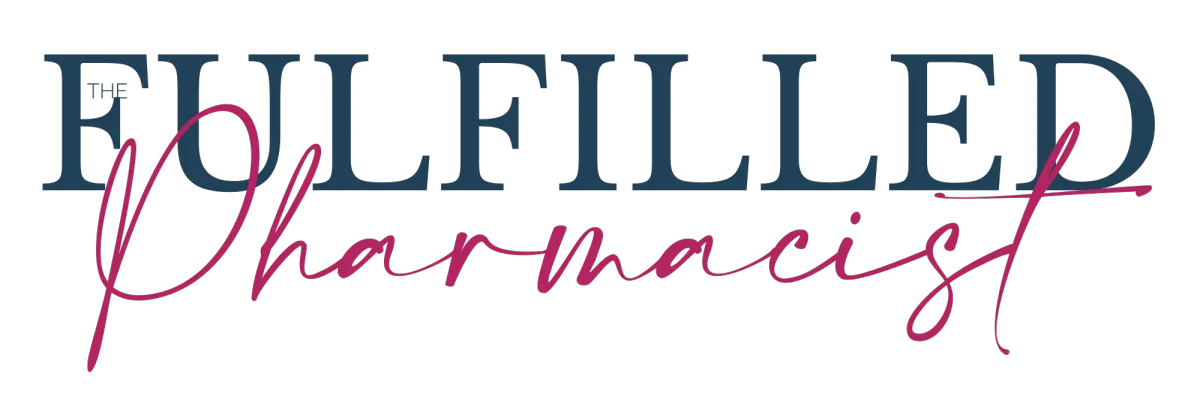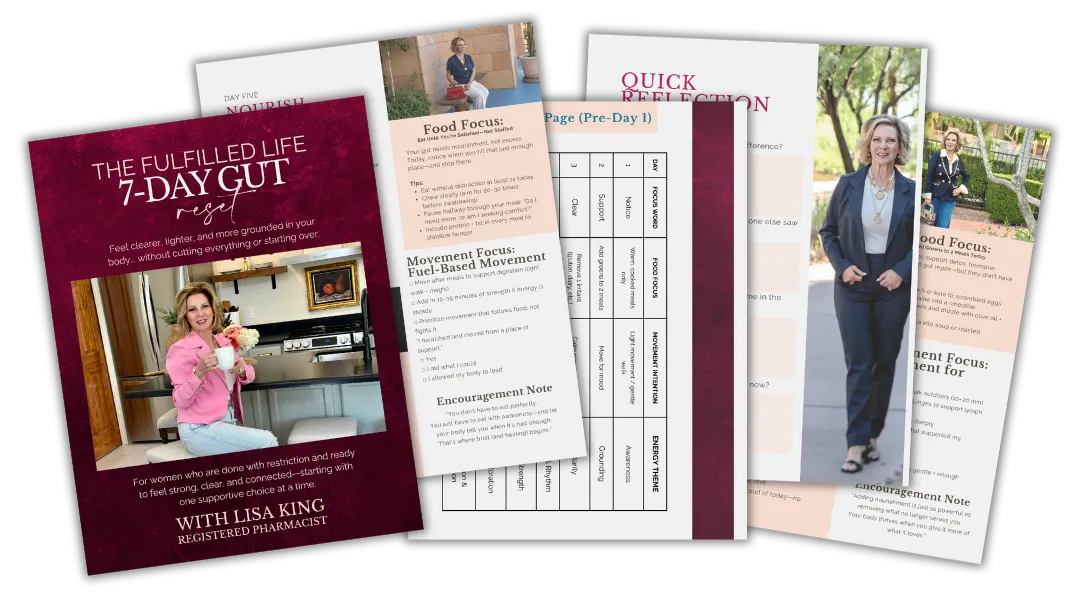
"Look and Feel Your Confident Best At Any Age"
LISA KING, RPH; Singlecare
Most Influential Pharmacist of 2020
"Look and Feel Your Confident Best At Any Age"
LISA KING, RPH; Singlecare
Most Influential Pharmacist of 2020
7 days. No pressure. Just progress.
Feel Clearer, Lighter, and More Grounded... Without Starting Over
Ready to reset your gut without the stress of extreme restrictions or all-or-nothing diets?
Lisa’s 7-Day Fulfilled Gut Reset is a gentle, empowering guide for women who want to reduce inflammation and reconnect with their bodies... one supportive choice at a time.


LISA KING, RPH
Lisa King is a pharmacist of 35 years. She is a life coach and Amazon Best Selling Author of the book she coauthored with her sister, Tiny Life Changes.
She is passionate about health and well-being and was recently named Singlecare’s Most Influential Pharmacist of 2020.
She also has a passion for empowering women to gain freedom from bladder issues and shares to thefulfilledpharmacist.com. She truly believes you can achieve your goals and dreams one step and one day at a time.
When she is not encouraging others to live a healthy lifestyle, she loves spending time with her family!


Follow Lisa for simple, uplifting wellness tips that fit real life... not restriction.
From quick YouTube videos to daily encouragement on social, she’s here to help you feel better one choice at a time.
COLLABORATION
WITH LISA
Lisa is a strong advocate of women's health and has appeared in Oprah.com, Prevention.com and Women's World Magazine including a national ad campaign in Women's World for Nature's Craft.
Lisa is also available for extended video filming and has filmed for and is on the advisory board for Nation Health MD.
Lisa loves sharing about health and wellness inside the pharmacy or out and was named Singlecare's Most Influential Pharmacist of 2020.

Please Note: If you have any questions or concerns regarding VIDEOS where I am a spokesperson for Nation Health MD, either call 1-800-480-3169 or email [email protected]. No inquiries about Nation Health MD will be responded to through this website.
Lisa King is on the advisory board for Nation Health MD. Any and all questions should be directed to www.nationhealthmd.com.
THE FULFILLED PHARMACIST. All Rights Reserved.













